Here you will find carbon offset projects that you can use to offset unavoidable CO₂ emissions. Our sustainability experts will gladly assist with your selection.
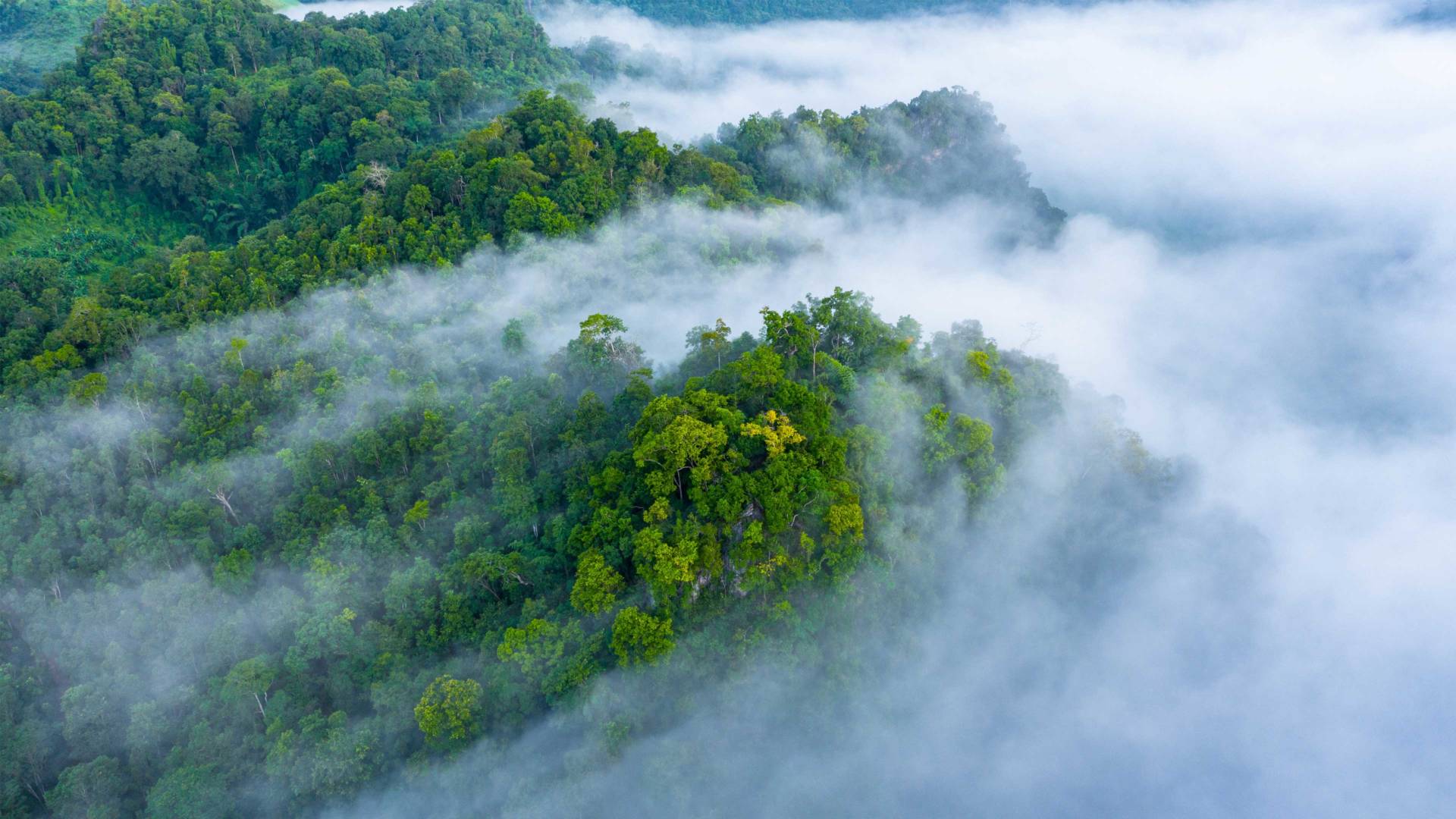
CARBON OFFSET PROJECTS
CARBON OFFSETTING WITH GLOBAL PROJECTS
MORE


Here you will find carbon offset projects that you can use to offset unavoidable CO₂ emissions. Our sustainability experts will gladly assist with your selection.

Every company can take action! Make a sustainable contribution to climate protection by investing in global carbon offset projects. Your support will reach countries that are already most affected by climate change and improve the local economic, social and ecological situation – in line with the 2030 Agenda.
We offer you a variety of high-quality carbon offset projects in different countries and at fair costs. All projects from our portfolio have been selected exclusively for you.

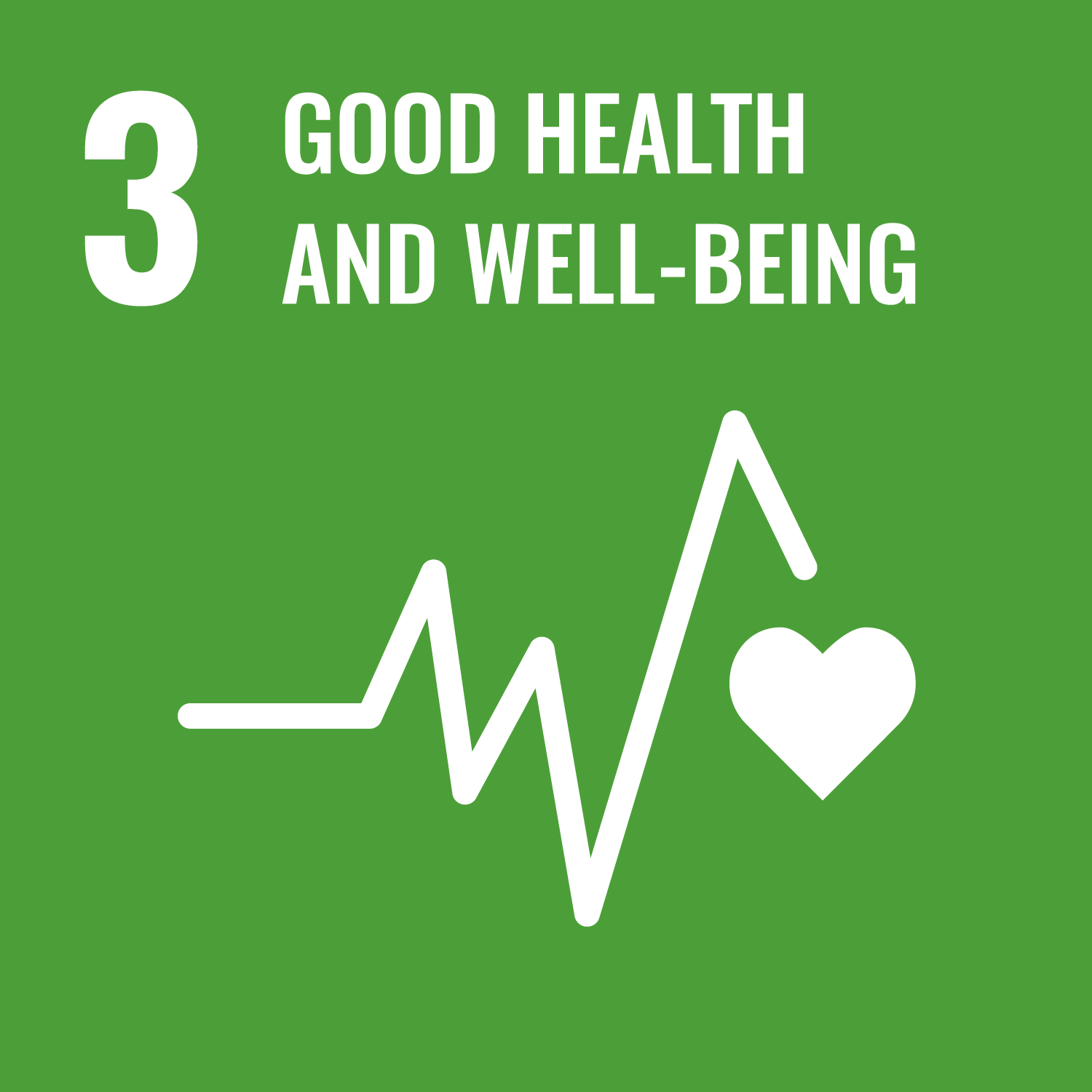
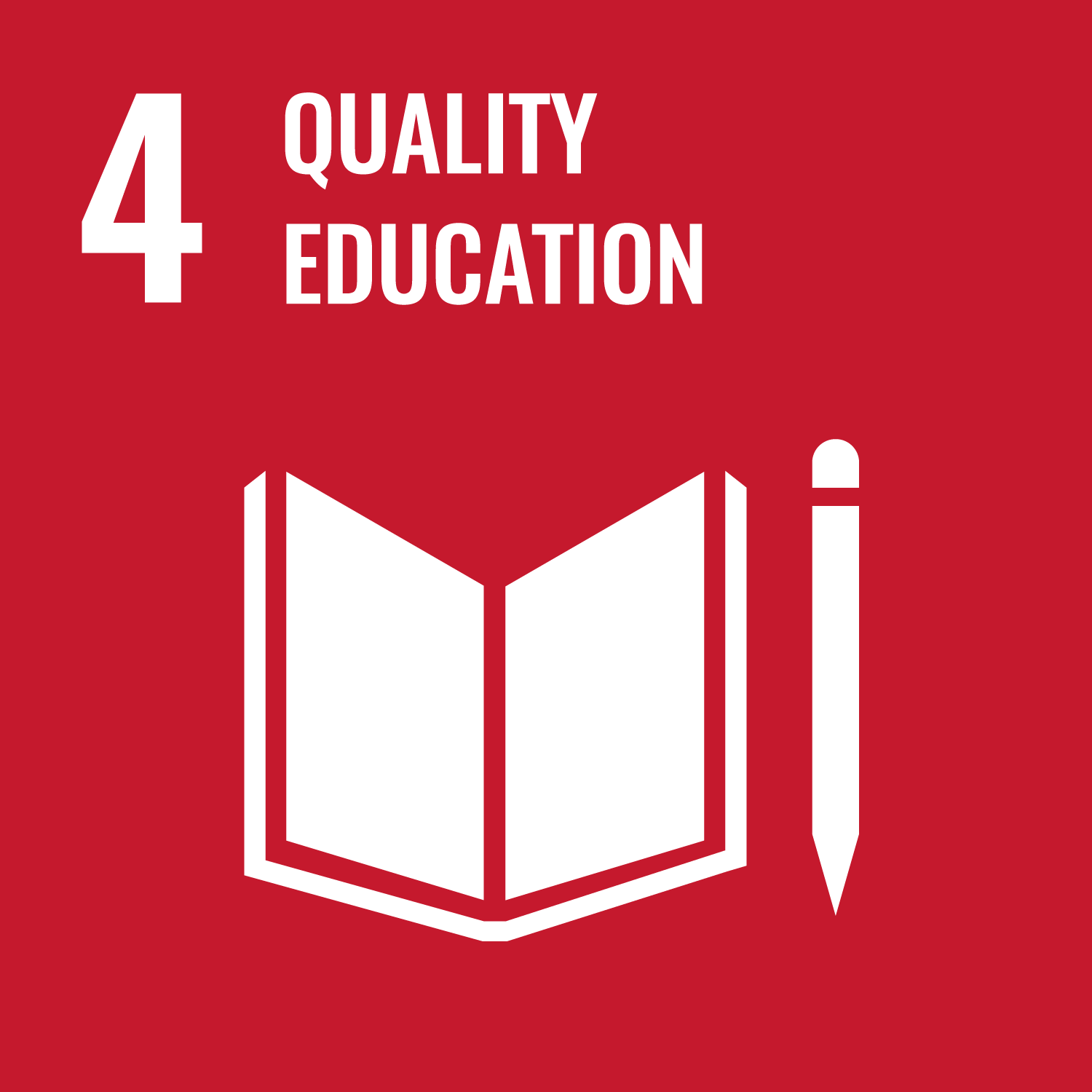
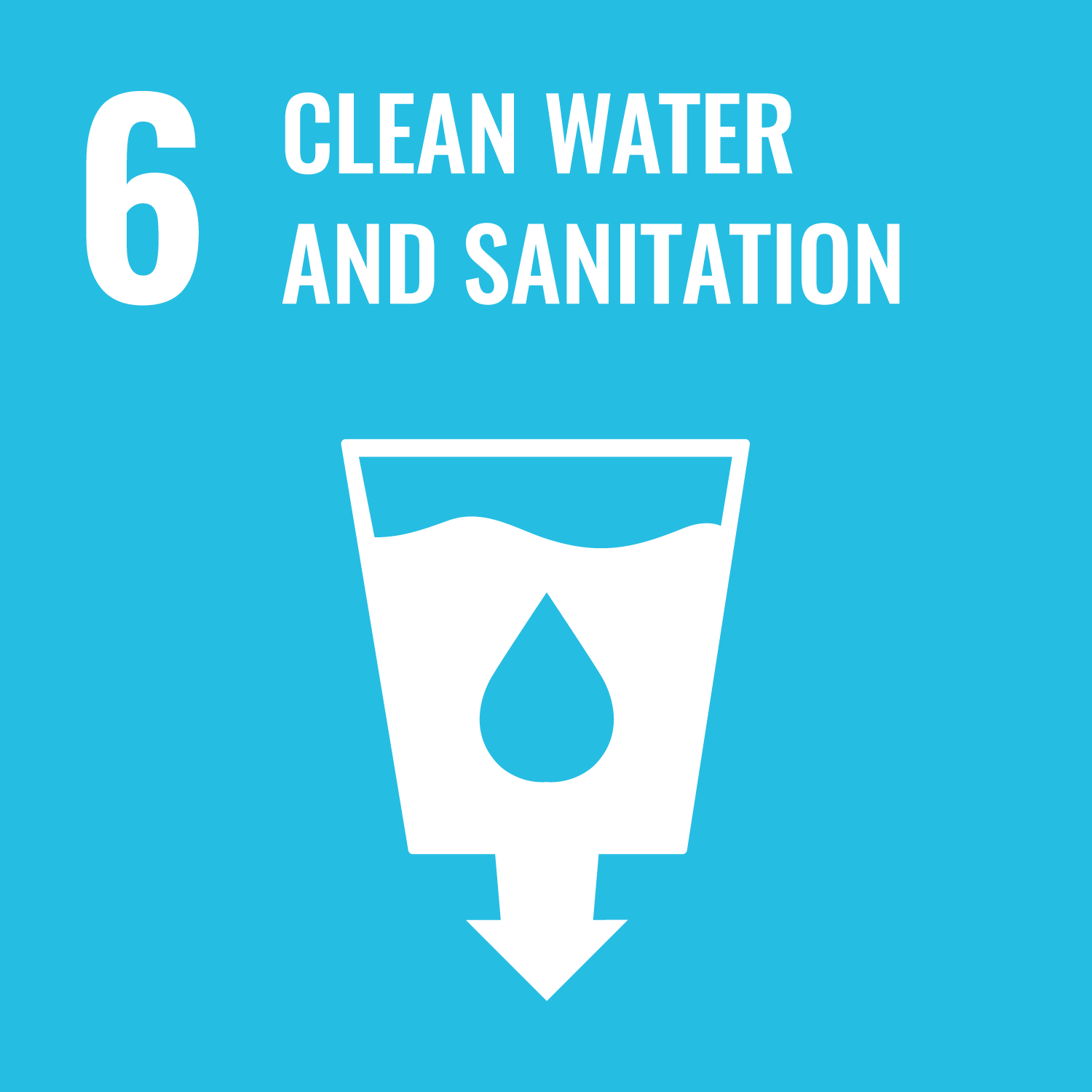




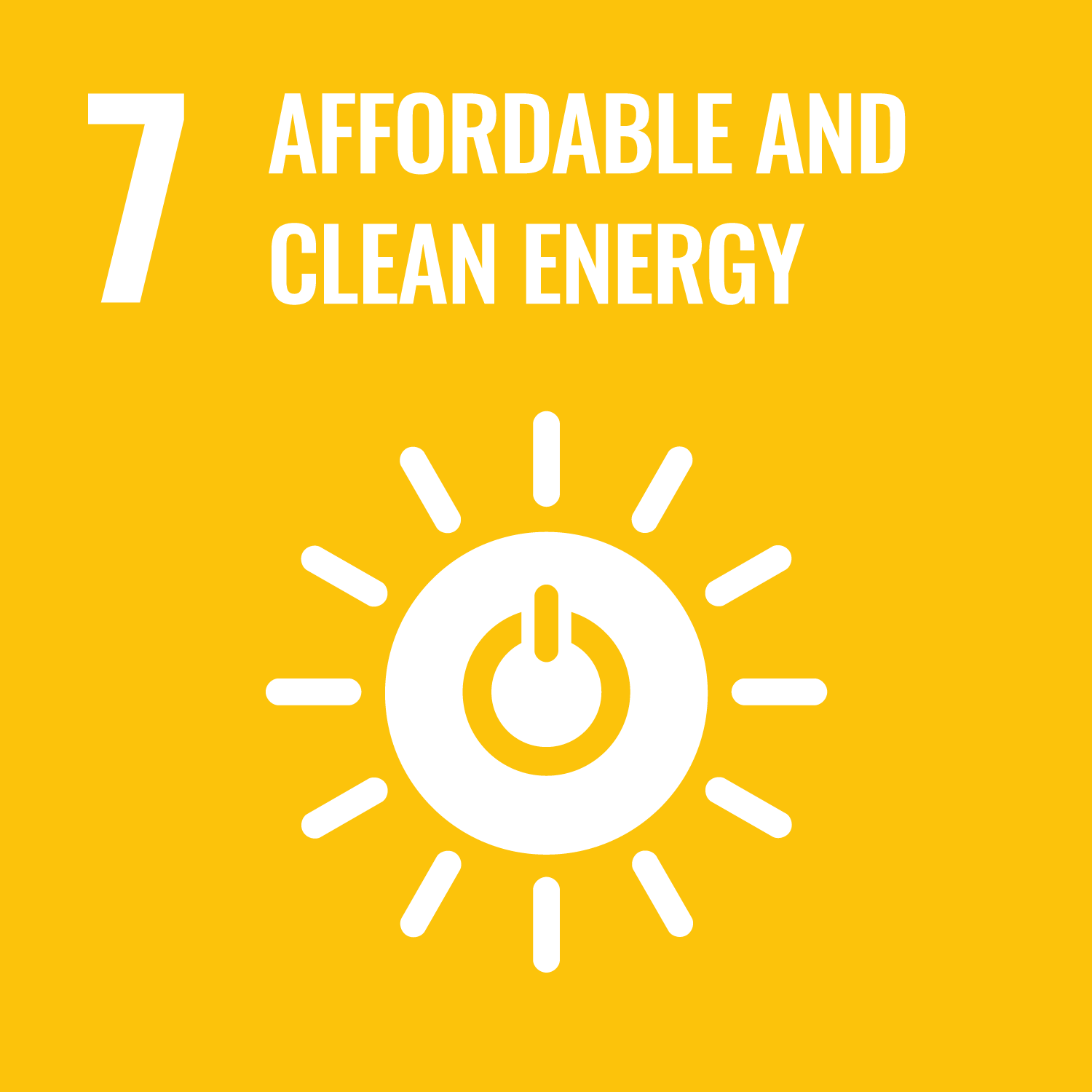
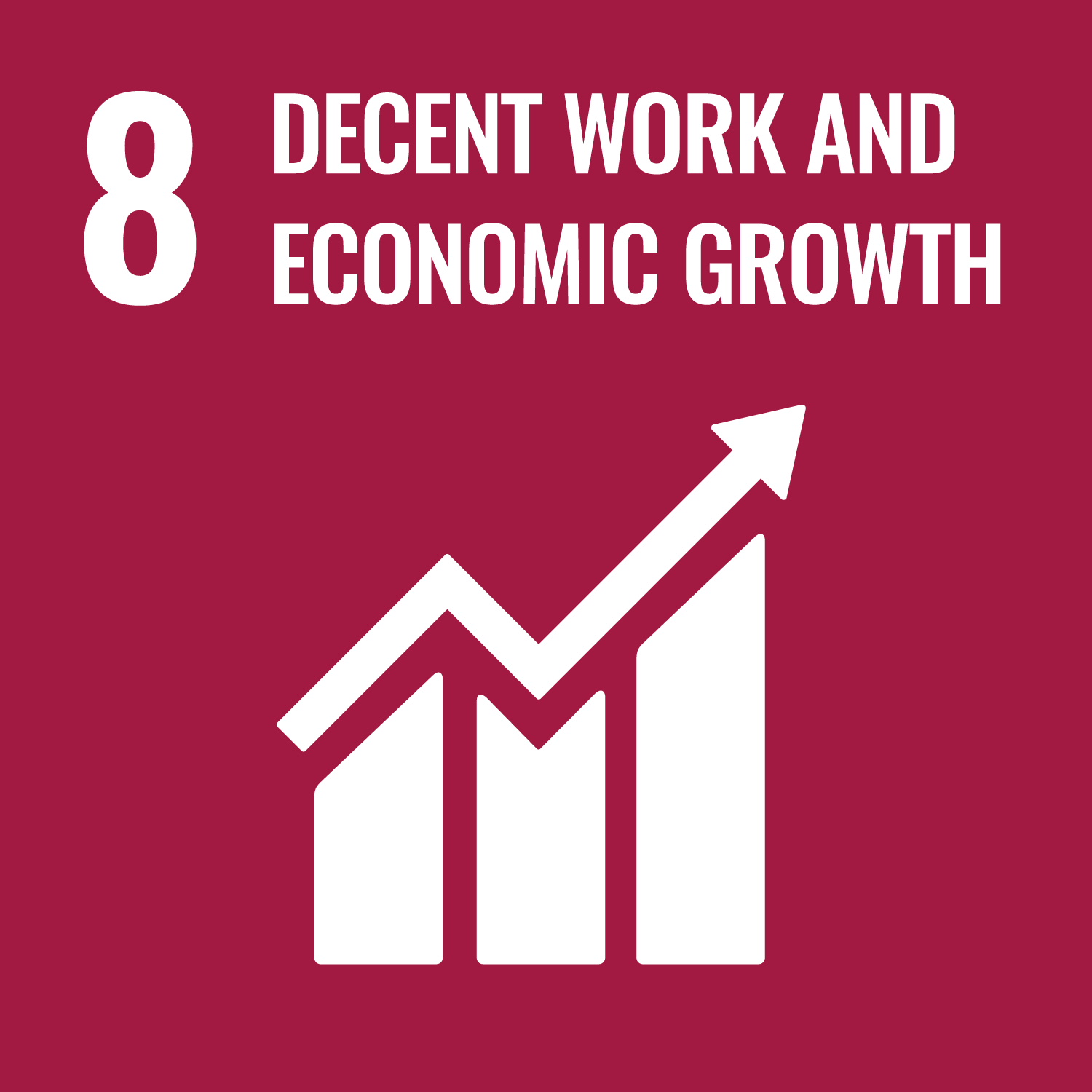

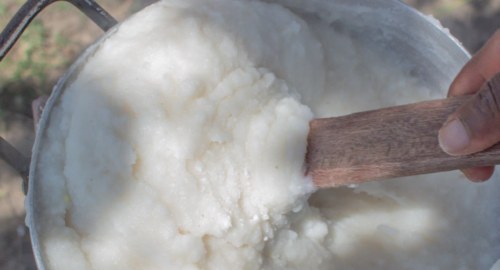




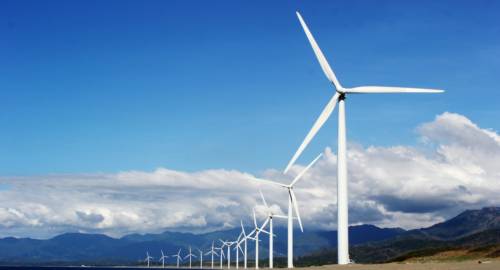







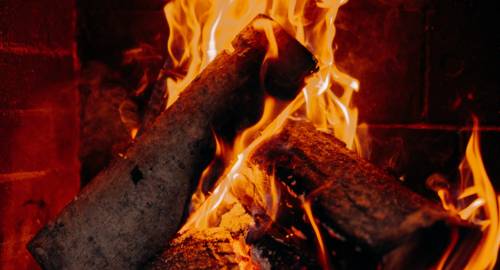



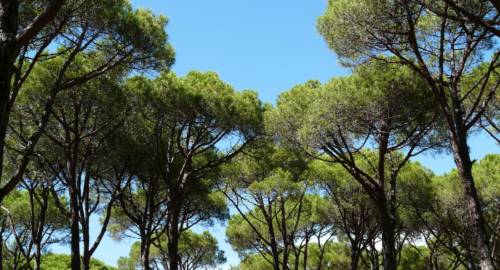










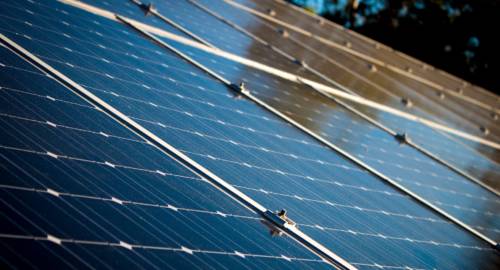



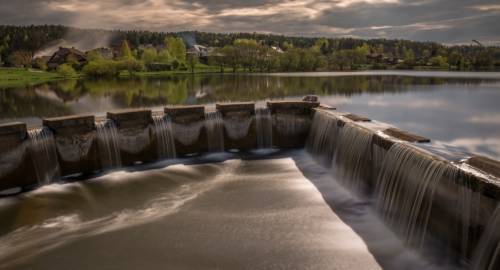



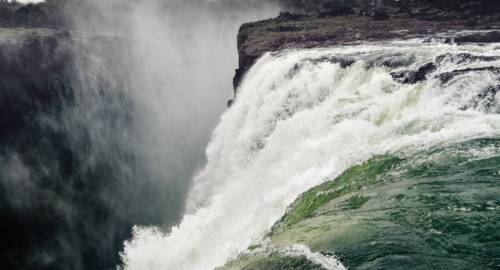



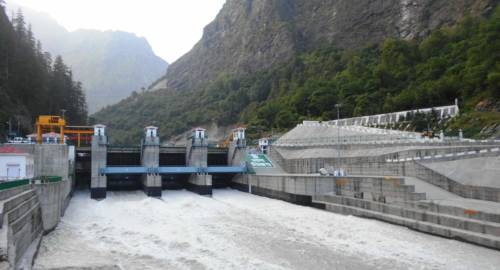



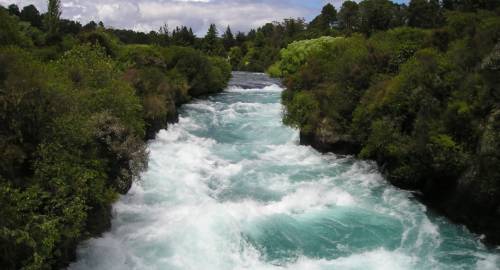



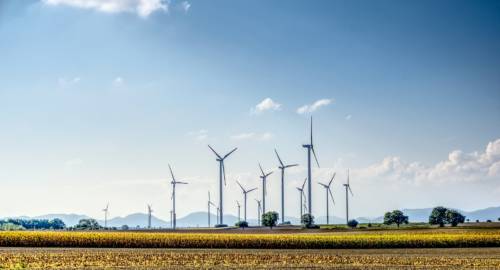







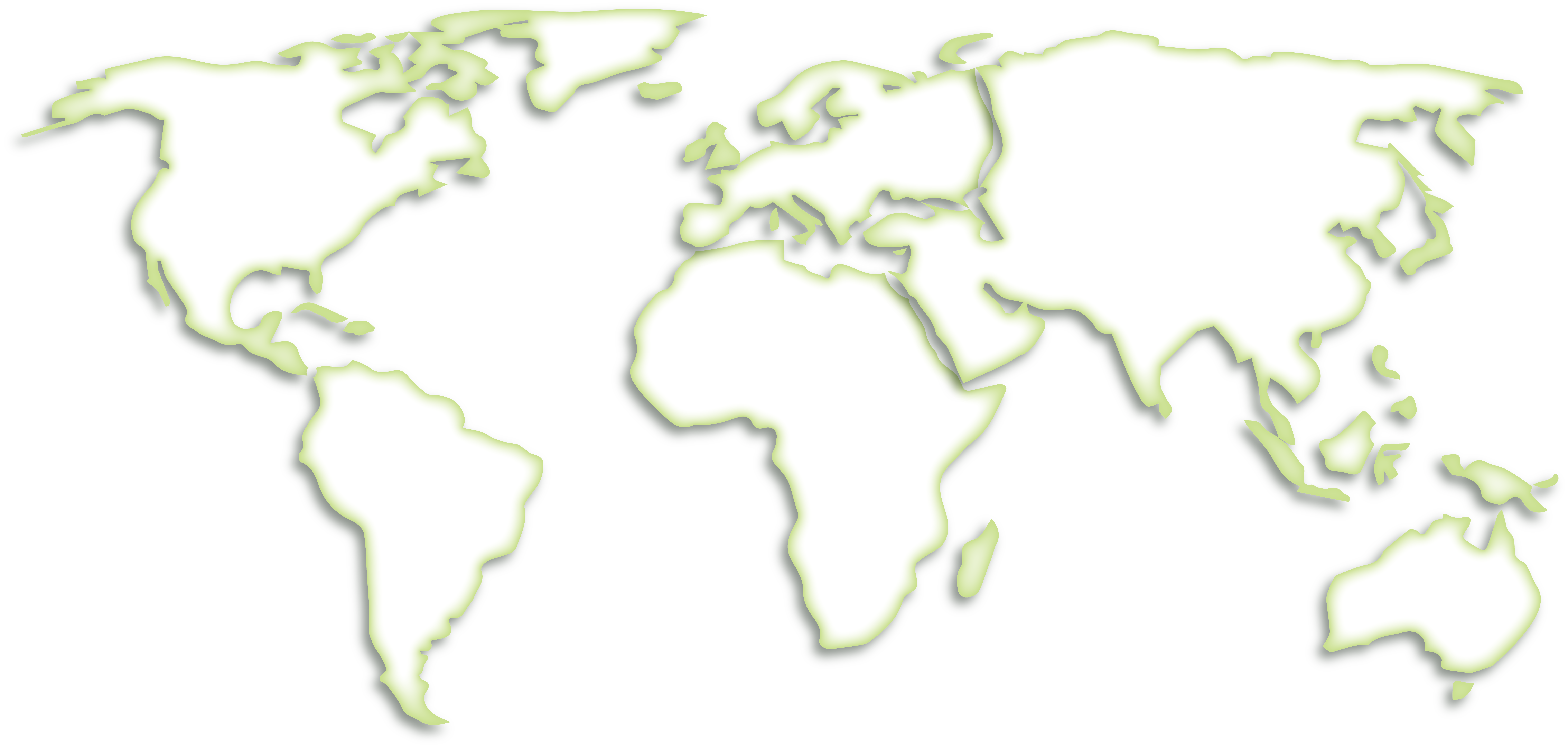
 Bio Energy
Bio Energy Cookstoves
Cookstoves Forest Conservation
Forest Conservation  Solar Power
Solar Power Hydro Power
Hydro Power Wind Energy
Wind EnergyACTIVE PROJECTS
Currently available carbon offset projects that you can support with your financial investment.
ARCHIVED PROJECTS
These carbon offset projects are no longer part of our active portfolio. There are many reasons for this, not least because of the successful completion of a project.
We have compiled a list of frequently asked questions and answers on the topic of carbon offset projects and certificates. Please do not hesitate to contact our experts if you have further questions. To do so, simply fill out our Contact Form.
A carbon offset project is an international project recognised under the Clean Development Mechanism (CDM) that generates carbon credits that can be traded on the voluntary market. The number of carbon offset certificates generated within a project results from a comparison with a ‘baseline scenario’. In the case of a renewable energy project, the amount of carbon offset certificates generated is determined, for example, by comparing it with the construction of a coal-fired power plant instead of the generation of renewable electricity. One carbon offset certificate corresponds to one tonne of saved or sequestered CO₂e.
There is a whole range of carbon offset projects and types. Many renewable energy projects help to promote solar power, wind energy, hydropower and biomass in emerging and developing countries. Other projects, such as cooking stove projects, are aimed at increasing energy efficiency.
Reforestation or forest protection projects are among the other common carbon offset projects and are classified as nature-based solutions (NBS).
‘Ex-post’ certificates are distributed once the emissions have been reduced or avoided. This applies, for instance, to renewable energy projects. By contrast, ‘ex-ante’ certificates are distributed before the emissions have been reduced or avoided, for example in the case of reforestation projects in which the reduction in emissions will only take place over the next few years and decades.
A project must meet certain requirements to be classified as an internationally recognised carbon offset project and hence generate carbon credits to offset unavoidable greenhouse gas emissions: it must be real, measurable, permanent, unique, independently audited and verified. Leakage must also be avoided. ‘Additionality’ is another criterion. Projects are only eligible for official emission offsetting if they save or sequester additional emissions, so if this would not have occurred without incentivisation from carbon funding.
Additionality is an important criterion for the approval of carbon offset projects. This means that a carbon offset project can only acquire international recognition if it was implemented by means of additional funding from the sale of carbon offset certificates and hence led to the saving or sequestration of additional emissions. A carbon offset project’s additionality is assessed according to regulatory and financial aspects and examined as a fixed criterion under the Clean Development Mechanism. The criterion of additionality is described in Article 6.2 of the Paris Climate Agreement.
Internationally recognised carbon offset projects are accredited, approved and monitored according to the Gold Standard, Verified Carbon Standard (+ Climate, Community & Biodiversity Standard) or the Clean Development Mechanism. These standards guarantee compliance with the strict quality standards for carbon offset projects and that other UN sustainability goals are also promoted in addition to the climate impact. Validation of the project results in regard to the actual CO₂ savings is certified by independent testing bodies such as TÜV. The Fokus Zukunft portfolio only includes projects that adhere to these standards.
The reasons for this are, first and foremost, historical and political: in 1997, the Kyoto Protocol stipulated that developed countries – the Annex I countries – must pursue reduction targets, while emerging and developing countries should receive assistance from the Clean Development Mechanism in their pursuit of clean growth. This ensures that targeted support is provided to carbon offset projects that, for instance, offer climate-friendly solutions to accommodate rising energy demand at local level. One thing is certain: emerging countries such as India, China and Brazil will be crucial to achieve the international climate goals.
Compared to Germany or other countries in the northern hemisphere, the implementation of carbon offset projects in the Global South comes with a large number of benefits: firstly, the conditions for renewable energy plants (solar, wind, water, biomass) are often better and the savings potential with new technologies can be exploited more cost-effectively. Secondly, emissions trading also contributes to economic development based on sustainable principles and hence to achieving the 2030 Agenda.
At present, support for international carbon offset projects is the only way to officially offset greenhouse gas emissions. Anyone keen to get involved at regional level and, for instance, plant trees with our cooperation partners, renaturalise peatlands, sponsor bee populations or promote sustainable agriculture is welcome to do so as an additional measure. Click here for our selection of regional environmental projects.
We recommend that you only purchase certificates from carbon offset projects that are certified according to the Gold Standard, VCS (+ CCBS) or the Clean Development Mechanism in order to offset unavoidable greenhouse gas emissions. It also makes sense to offset your carbon footprint by supporting various types of project in different countries.
Each carbon offset project in our portfolio is accompanied by a project description. It contains information such as the project name and country, standard, validator, number of tonnes of CO₂ saved in the year, total number of tonnes of CO₂ saved and the SDGs it promotes. In addition, the official project ID or embedded link can be used to access the project’s official registration page with more detailed information.
The purchase of carbon offset certificates should only be one building block in a holistic climate strategy that focuses on reducing your carbon footprint. Learn more here.